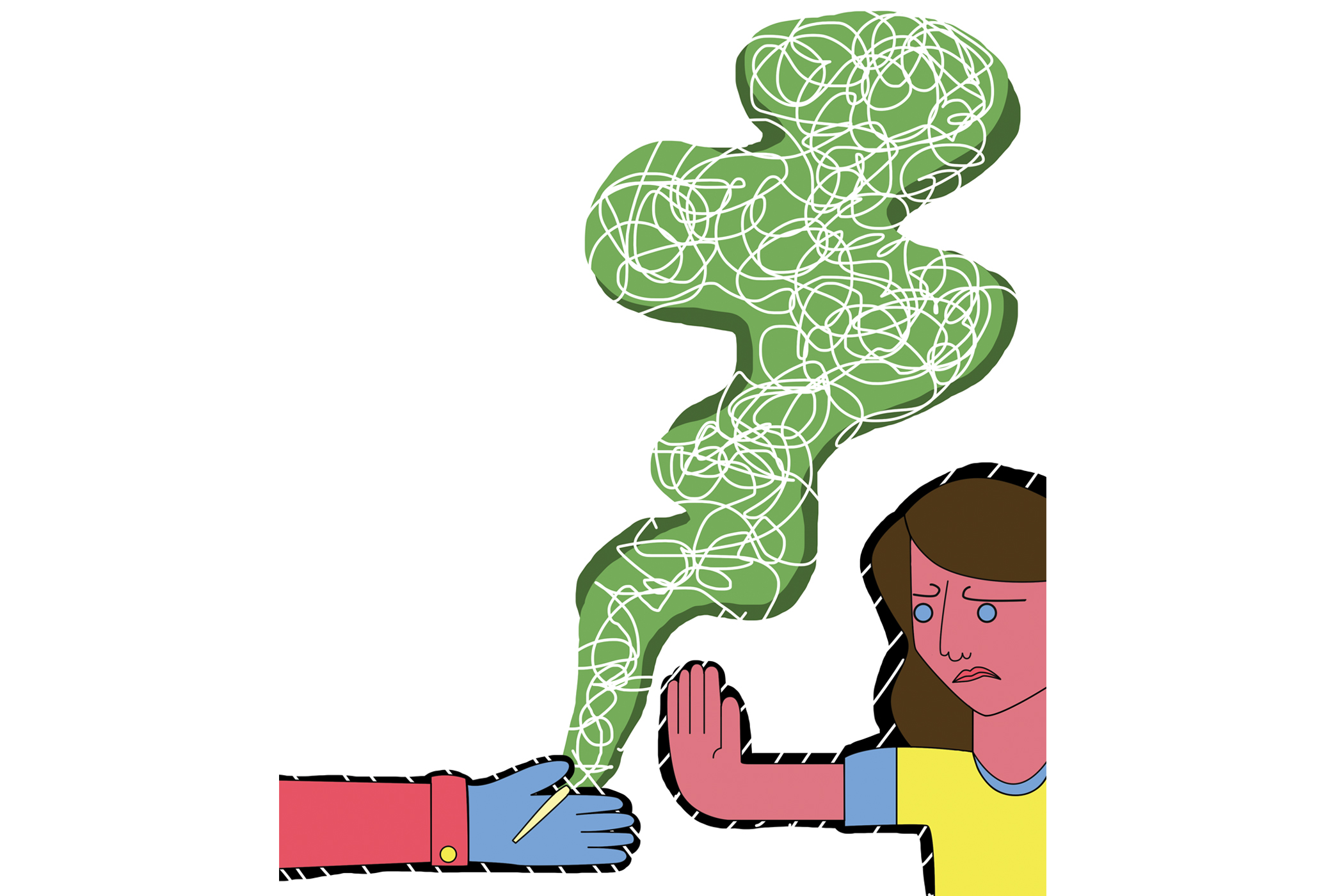If Sudafed causes you to slip into a coma, you can bet that somebody is going to get sued. But thanks to a Supreme Court ruling last Thursday, if the generic equivalent does the same thing, there is nothing you can do about it. According to the court, makers of generic drugs cannot be sued for not warning consumers of potential side effects if they’ve copied down the same warnings that are on the brand-name equivalents.
Drug Addled
If Sudafed causes you to slip into a coma, you can bet that somebody is going to get sued. But thanks to a Supreme Court ruling last Thursday, if the generic equivalent does the same thing, there is nothing you can do about it. According to the court, makers of generic drugs cannot be sued for not warning consumers of potential side effects if they’ve copied down the same warnings that are on the brand-name equivalents.
The root of the problem lies in differences between federal and state laws. Federal law requires that generic drugs print the exact same warnings and label as brand-name drugs, whereas state laws require that additional warnings are added when a side-effect becomes evident. This has put the manufacturers in a bind: they cannot print the same warnings as their equivalents and add additional warnings without violating federal law, but they also could not print just the brand-name drug’s warning label without violating state laws. The Supreme Court ruling seeks to eliminate what seems to be a no-win situation for these companies.
But what about those taking the drugs?
The 5-4 ruling makes little sense from the average consumer’s point of view. About three quarters of all drugs dispensed in the United States are generics. These drugs, normally cheaper than their brand-name counterparts and just as effective, are the preferred choice for many people. Now that generic drug manufacturers can leave out potential side effects without fear of retribution, it is the consumer who is afforded the least protection.
Justice Sonia Sotomayor was one of four judges to vote against the ruling. “As a result of today’s decision, whether a consumer harmed by inadequate warnings can obtain relief turns solely on the happenstance of whether her pharmacist filled her prescription with a brand-name or generic drug,” she said in her dissent, pointing out afterwards that the ruling made little sense.
With this new ruling, the best way to have legal protection as a consumer in the event that a drug causes harm is to purchase the brand-name equivalent. Sotomayor suggested that the inherent liability was likely to decrease the demands for generics, paving the way for major pharmaceutical companies to flood the market with more expensive, but “safer” brand-name drugs.
Worst of all is the fact that once the generic drugs are produced, the brand-name equivalents often leave the market. In other words, many generic drugs are stuck with the labels they have, even when the brand-name has been out of production for years. With this ruling, it does not matter if the generic has a documented history of causing detrimental side effects or should not be marketed to certain groups; the label stays the same.
Majority leader Clarence Thomas defended the decision by pointing out that federal law trumps state law, even when it does not work in favor of the public. The “unfortunate hand” the ruling has dealt to consumers, he acknowledges, may cause those harmed by generics to be unable to seek restitution.
The consumer is, of course, the loser in this ruling.
Congress needs to act to prevent further harm from coming to consumers as a result of this absurd decision. It is understandable that the Justices’ hands are tied in this instance—they are only permitted to interpret and rule on law, not create new ones. But this kind of nonsense cannot stand as has been ruled.
A new law must be put into place making drug manufacturers include, at the very least, known side effects that their brand-name counterparts do not list on their label. Steps must be taken to protect consumers who, with this ruling, have no legal right to restitution for side effects which may already be known to the manufacturers. Particularly in cases where the brand-name drug is no longer on the market, laws concerning warning labels must be remedied to reflect the best interests of those putting their health in the hands of these drugs.
And for the consumer, blind justice is no justice at all this time.




